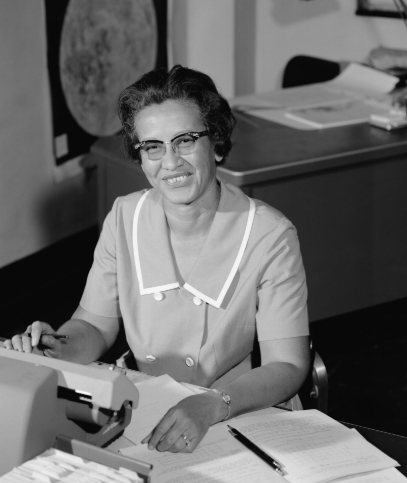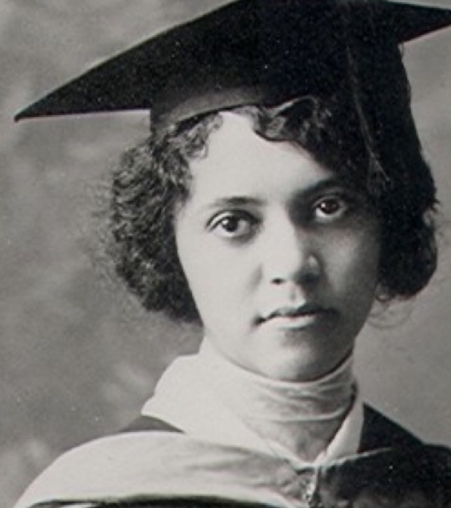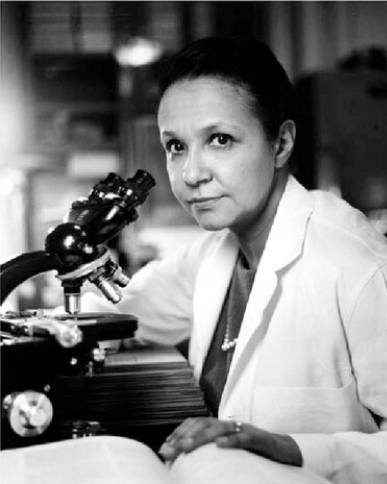Influential women of colour in STEM have consistently defied expectations and reshaped the landscape of science, technology, engineering, and mathematics. Their contributions, often overlooked, are essential to the advancement of knowledge and the improvement of global health.
Consider, for example, the groundbreaking work of Kizzmekia S. Corbett in vaccine development, or the crucial calculations performed by Katherine Johnson that were essential to early space exploration. These women, and others like Alice Ball and Dr. Jane Cooke Wright, whose stories follow, demonstrate the profound impact of diverse perspectives in driving innovation and inspiring future generations.
Kizzmekia S. Corbett: The Vaccine Trailblazer
During the COVID-19 pandemic, as the world urgently sought a vaccine, Kizzmekia S. Corbett emerged as a pivotal figure. As an viral immunologist, Dr. Corbett’s expertise was instrumental in the development of the mRNA-1273 vaccine, a cornerstone of global efforts to combat the virus. Her work at the National Institutes of Health (NIH), as highlighted in her Harvard T.H. Chan School of Public Health profile, focused on understanding the host immune response to viral infection, a critical component in vaccine design.

Her deep understanding of immunology, along with an unwavering commitment to public health, provided a beacon of hope during a time of immense uncertainty. Corbett’s work exemplifies the profound impact of scientific research in addressing global health crises and underscores the critical role of diversity in scientific endeavours. Her leadership and mentorship also inspire a new generation of scientists, particularly women of colour, to pursue careers in STEM.
Katherine Johnson: The Human Computer
Before the age of electronic computers, human computers, mathematicians who performed complex calculations by hand, were essential to scientific progress. Katherine Johnson, an African American mathematician, stands as a prime example of this vital role. Her exceptional talent and meticulous accuracy were crucial to the success of NASA’s early space missions.

Johnson’s calculations were fundamental to trajectory analysis for the first American in space and the Apollo 11 moon landing. Her story, brought to wider attention through the film “Hidden Figures,” illuminates the contributions of countless women of colour whose brilliance propelled the space race, often in the face of significant obstacles. While her contributions were initially uncredited, her brilliance shone through, demonstrating the power of talent to overcome systemic barriers.
Alice Ball: The Pioneer of Leprosy Treatment
In the early 20th century, leprosy, a debilitating and stigmatized disease, lacked effective treatment. Alice Ball, an African American chemist, revolutionized leprosy care. As detailed in Scientific Women, while working at the University of Hawaii, Ball developed a method for isolating the active components of chaulmoogra oil, a traditional leprosy remedy, and transforming it into an injectable form, significantly increasing its efficacy.

This breakthrough, achieved despite the challenges faced by women of colour in science at the time, transformed the treatment of leprosy, offering hope and healing to countless individuals. Though her life was tragically cut short at the age of 24, Ball’s legacy endures, a testament to her scientific brilliance and dedication to improving health outcomes
Dr. Jane Cooke Wright: The Cancer Chemotherapy Pioneer
Cancer, a disease affecting millions worldwide, was once widely considered a death sentence. Dr. Jane Cooke Wright, an African American surgeon and cancer researcher, challenged this perception. In the 1940s, working alongside her father, also a physician, Wright pioneered the use of chemotherapy, a then-novel approach to cancer treatment.

Their research led to the development of new chemotherapy drugs and techniques, fundamentally changing the landscape of cancer care and extending the lives of countless patients. Wright’s work established her as a pioneer in the fight against cancer and paved the way for modern cancer chemotherapy. Her contributions to the field of oncology are immeasurable, and her dedication to research and patient care serves as an inspiration to future generations of medical professionals.
The Importance of Diversity in STEM
These remarkable women represent just a fraction of the influential women of colour who have made significant contributions to STEM. Their stories underscore the vital importance of diversity and inclusion in these fields. When women and people of colour are fully represented in STEM, their unique perspectives and experiences drive innovation, leading to new discoveries and solutions that benefit all of humanity. By dismantling barriers and fostering opportunities for underrepresented groups, we unlock the full potential of STEM and create a more equitable and just future.